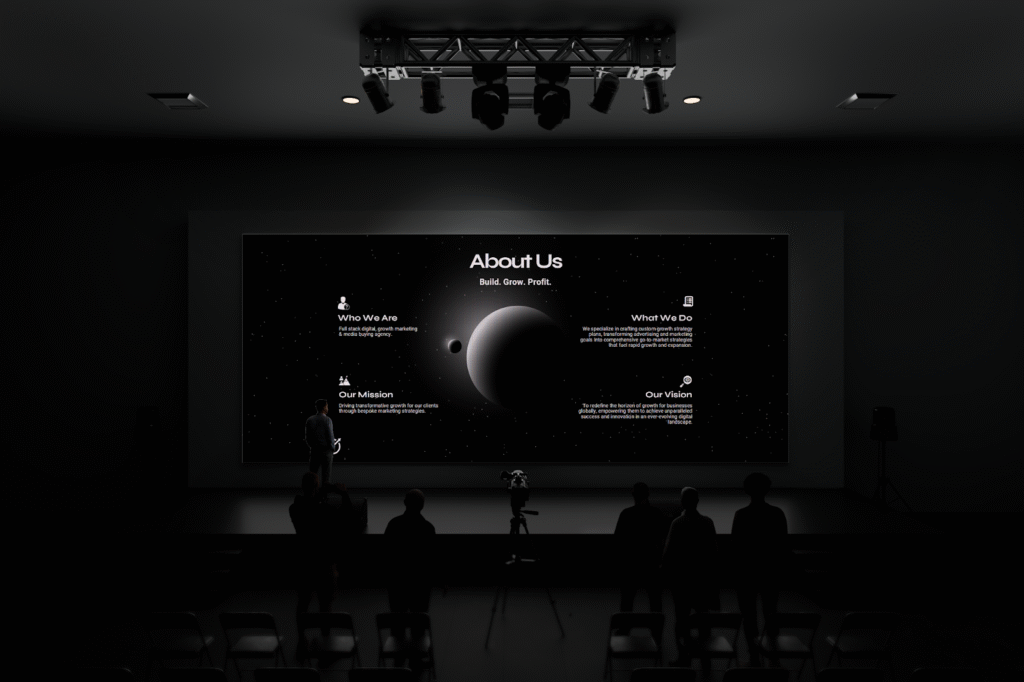Imagine you’re standing in front of a group of potential investors, the kind of people who could turn your dream business into a reality. Your heart is pounding, your palms are a little sweaty, and you know you have just a few precious minutes to convince them that your idea is worth their money. What do you do? How do you make sure your message is clear, compelling, and memorable, even under pressure? This is where understanding 10/20/30 rule can make all the difference.
This is where the legendary “10/20/30 Rule” for pitch decks comes into play. It’s a simple, yet incredibly powerful guideline developed by venture capitalist and entrepreneur Guy Kawasaki. It’s designed to help you create a pitch that’s not only effective but also respects the valuable time of your audience. As someone who has seen countless pitches and helped many founders refine their stories, I can tell you that following this rule can significantly increase your chances of success. Let’s dive in and explore how this rule can transform your next presentation.
The 10/20/30 Rule is a guiding principle for creating and delivering effective presentations, especially pitch decks aimed at investors. It was popularized by Guy Kawasaki, a renowned venture capitalist, author, and entrepreneur, who observed that many entrepreneurs fail to deliver compelling pitches because their decks are too long, too detailed, or too hard to read.
Kawasaki’s wisdom is simple: your pitch presentation should have:
“When you’re trying to get someone to invest in your dream, clarity is your best friend.”
I’ve seen firsthand how often founders fall into the trap of trying to tell their entire life story in one sitting. But investors are busy people. They need to quickly grasp your vision, your problem, your solution, and why you are the right team to execute it. The 10/20/30 Rule helps you do just that. It’s not just a set of numbers; it’s a philosophy that champions brevity, impact, and respect for your audience’s time. In a winning pitch deck, limiting the number of slides while ensuring your presentation design is clean and simple is key. A great presentation often adheres to the rule for slideshows that Guy Kawasaki advocates.

Let’s dissect each component of this powerful rule and understand the genius behind it.
Why exactly 10 slides? Because, as Kawasaki puts it, “a normal human being cannot comprehend more than ten concepts in a meeting.” Our attention spans are short, and investors hear many pitches. Your goal isn’t to dump all your information on them; it’s to spark their interest enough to want a second meeting.
So, what should these 10 crucial slides cover? While there can be slight variations depending on your specific business, here’s a widely accepted structure that I often recommend to founders:
“Each slide should tell a vital piece of your story, without overwhelming your audience.”
This structure forces you to prioritize. If something doesn’t fit into one of these core categories, it probably doesn’t belong in your initial pitch. This discipline is essential for avoiding the common reasons why most pitch decks fail.
The second part of the rule suggests that you should present your 10 slides in no more than 20 minutes. Why 20 minutes, especially when a typical investor meeting might be an hour long?
The reason is simple: you need to leave time for questions. A pitch deck isn’t a monologue; it’s the start of a conversation. Investors will have questions, and the Q&A session is often where the real magic happens. It’s your chance to show your depth of knowledge, address concerns, and build rapport.
Here’s why 20 minutes is perfect:
I always advise founders to practice their pitch until they can deliver it smoothly within this timeframe. It’s not about rushing; it’s about being concise and articulate. Your pitch is a conversation starter, not a monologue.
This might seem like a small detail, but it’s incredibly important. Guy Kawasaki insists on a minimum font size of 30 points. Why?
“If you can’t say it big, you’re saying too much.”
I’ve seen many pitch decks fail simply because they were crammed with text. It’s overwhelming, hard to follow, and signals that the presenter hasn’t distilled their message effectively. Embrace the large font; it’s your friend in the quest for clarity.

Adopting the 10/20/30 Rule isn’t just about following instructions; it’s about gaining a significant advantage in the competitive world of fundraising. Here’s why I believe it’s such a powerful tool:
Simply following the numbers isn’t enough; you need to bring your A-game to the delivery.

Even with a great rule, it’s easy to stumble. Here are some common pitfalls I’ve observed:
While the 10/20/30 Rule is a fantastic guideline, it’s not a rigid law carved in stone. There might be rare occasions where you slightly adjust it:
Remember, it’s a guideline to help you create an effective pitch. The core principles of conciseness, clarity, and respect for time should always remain your north star.
Your pitch deck, guided by the 10/20/30 rule, is a critical component of your journey from idea to investment. It’s the tool that opens doors, but it’s not the entire journey. Securing investment involves building relationships, demonstrating traction, and proving your team’s capability.
The pitch deck serves as your initial handshake, a powerful summary that leaves a lasting impression. It’s designed to get you to the next meeting, to move the conversation forward, and to ultimately secure the funding you need to grow your business.
“Remember, your pitch deck is a key that unlocks the door to further conversations, not the entire journey itself.”
The 10/20/30 Rule is a guideline introduced by Guy Kawasaki for creating an effective pitch deck. According to this rule, an ideal pitch presentation should consist of 10 slides, should take no longer than 20 minutes to present, and should use a 30-point font size or larger. This structure helps to keep the presentation concise and engaging while ensuring that the audience can easily read and understand the content.
The limitation to 10 slides is rooted in the idea that a pitch should be focused and cover only the essential information. According to Guy Kawasaki, a pitch presentation that contains more than this optimal number of slides can overwhelm the audience, leading to a loss of interest. By limiting the number of slides to 10, presenters are encouraged to distill their ideas into the key points that matter most, thus making their presentation design more effective.
The 10/20/30 Rule stipulates that a pitch presentation should last no longer than 20 minutes. This time constraint ensures that the presenter remains focused and that the audience’s attention span is respected. It is critical to maintain engagement, as longer presentations can lead to disengagement or frustration among the audience, especially if they are venture capitalists or other potential investors.
The recommendation of using a 30-point font or larger is designed to ensure that text is easily readable from a distance. This is particularly important in settings where a PowerPoint presentation is displayed on a screen. A larger font size minimizes the risk of audience members straining to read the slides, thereby allowing them to focus on the content and the presenter’s narrative rather than deciphering small text.
A winning pitch deck should include key components that provide a comprehensive overview of the business model, product, and market opportunity. Essential slides often include the problem statement, solution, market size, business model, competition, go-to-market strategy, financial projections, and team. By effectively communicating these elements within the structure of 10 slides, the presenter can create a compelling case for the
The 10/20/30 Rule for pitch decks, championed by Guy Kawasaki, is more than just a set of numbers; it’s a powerful framework for effective communication. By limiting your slides to 10, your presentation time to 20 minutes, and your font size to a minimum of 30 points, you force yourself to be concise, clear, and compelling.
I’ve witnessed countless founders transform their pitches by embracing this rule. It helps you cut through the noise, respect your audience’s time, and leave a memorable impression. So, as you prepare for your next big pitch, remember these simple yet profound guidelines. Practice, refine, and deliver your story with confidence. And if you need a pitch deck that not only follows these principles but also captivates investors with stunning visuals, the team at Lynxify can bring your vision to life. Your dream business deserves a pitch that truly shines!